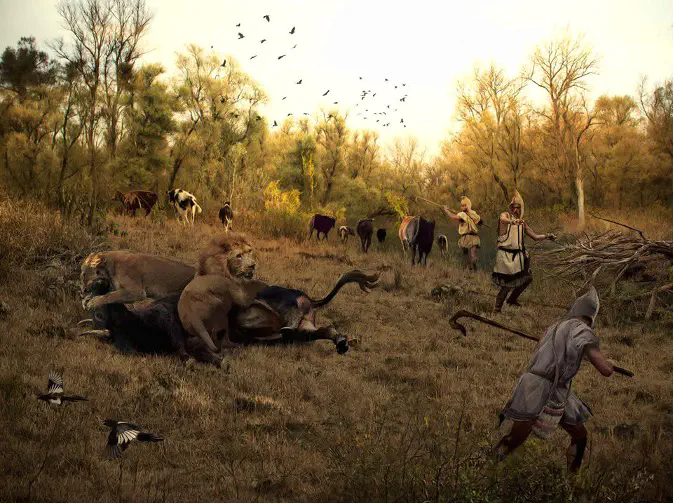 © Velizar Simeonovski
© Velizar Simeonovski
We used 17,000 zooarchaeological records of 20 species spanning 12,000 years to develop time-calibrated SDMs. We then discussed how the potential distribution of European wild megafauna has changed in association with changing anthropogenic pressures through the Holocene.
Maps showing a steady decline in potential megafauna species richness, with most habitat loss continent-wide after 1500 AD but appearing earlier in the Atlantic and Mediterranean, as early as the Roman Age (1000 BC–500 AD), due to rising hunting pressure.
Yet, today megafauna appear to have a higher potential for coexisting with people compared to the past (e.g., herbivores inhabit areas with a mean human population density of 95 people/km2, compared to an average of 17 people/km2 in the period 1500–2000 AD).
Our results indicate that contemporary anthropogenic trends like land-use de-intensification and stronger conservation policies can counteract the impact of past, higher anthropogenic pressures and reverse historical defaunation.